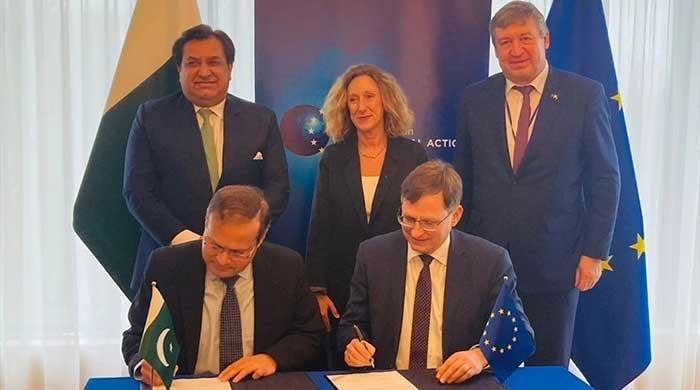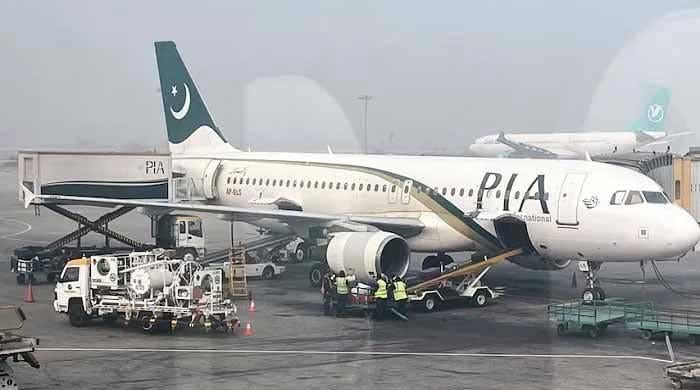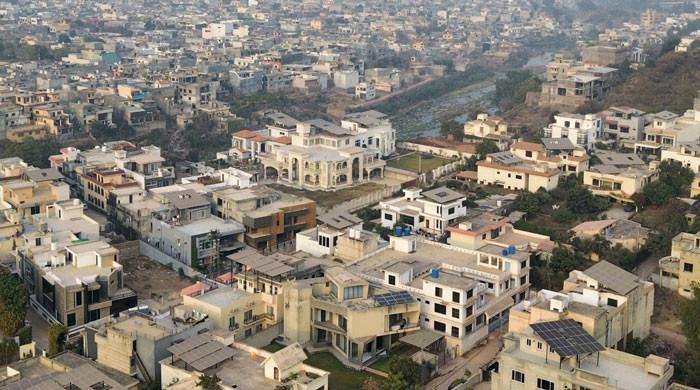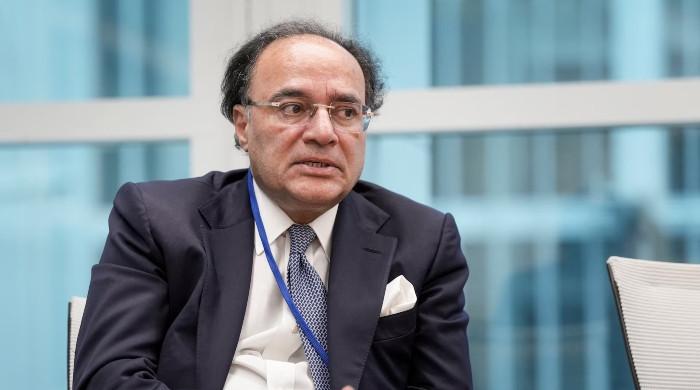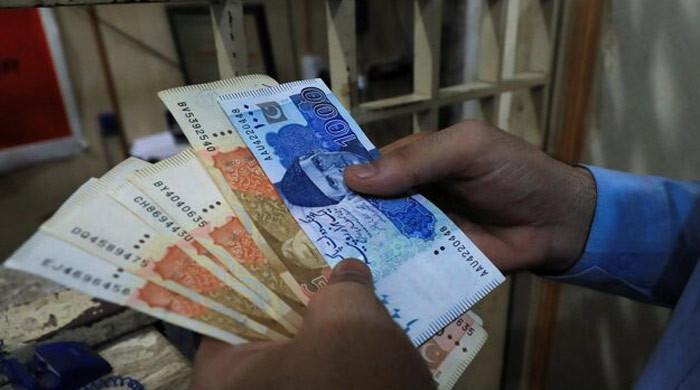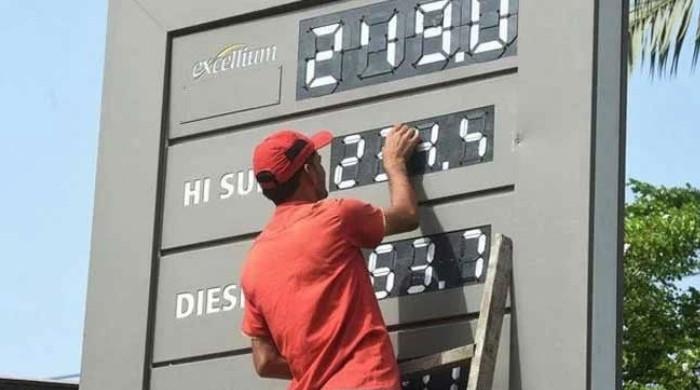Rupee loses 31 paisas against US dollar
Analysts say direction of local currency will depend on how IMF negotiations evolve next week
October 04, 2021
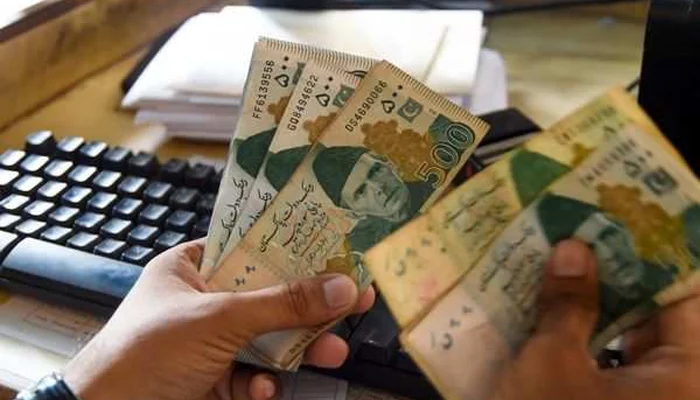
- With a fresh fall of 0.19%, the currency closed at Rs170.79 against the US dollar in the inter-bank market on Monday.
- Analysts say direction of local currency will depend on how IMF negotiations evolve next week.
- "The situation in Afghanistan is adding fuel to the already depreciating currency," says Samiullah Tariq.
KARACHI: Pakistani currency dropped to an all-time low of Rs170.79 against the US dollar in the inter-bank market on Monday.
With a fresh fall of 31 paisas or 0.19%, the local currency closed at Rs170.79 against the US currency.
Speaking to Geo.tv, Pakistan-Kuwait Investment Company's Head of Research Samiullah Tariq said that the Pakistani currency is losing its value because of the demand-supply crisis.
It is pertinent to mention here that the dollar demand from importers ballooned due to increased import payments. Higher current account deficit and a spike in international oil prices also continued to put pressure on the local unit.
"The situation in Afghanistan is adding fuel to the already depreciating currency," Tariq added.
The recent bill moved by a group of US Senators, which is seeking to impose sanctions on the Afghan Taliban and entities providing support for them including Pakistan, is affecting sentiment on the rupee.
"The central bank is not intervening and is expected not to intervene, going forward," he said.
Financial experts expect the rupee to remain stable in the near term as market players are expected to take limited positions ahead of forthcoming talks with the International Monetary Fund on the sixth review of the $6 billion Extended Fund Facility.
“We may have a sort of a breather in the foreign exchange market over the next week as the steps were taken by the central bank will slow down imports and subsequently demand the greenback,” said a foreign exchange trader.
He added that the direction of the local currency will depend on how the IMF negotiations evolve next week.
“Most players [investors and importers] are unlikely to build long positions during IMF talks.”
However, Tariq said that the direction of currency will be prominent during a period of two weeks.
The staff-level discussions between Pakistan and the IMF are to begin today, while Finance Minister Shaukat Tarin is scheduled to attend annual meetings of the World Bank and the IMF from October 11-17 in Washington.
Successful negotiations will pave the way for releasing $1 billion disbursements from the IMF and also help support the rupee in the months ahead.




